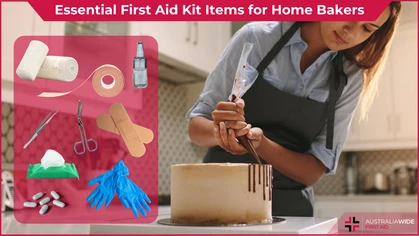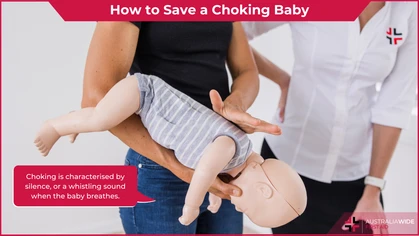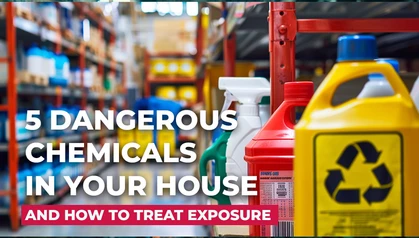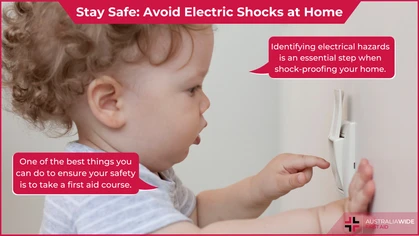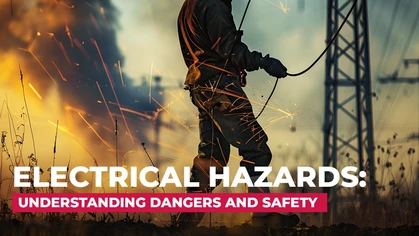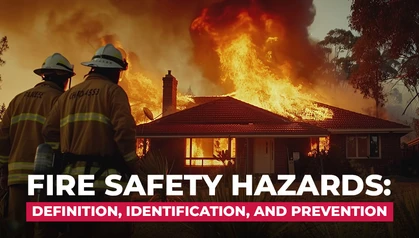Managing Risks Associated with Manual Handling Tasks

Danger
 Almost every job involves using the body to carry out some type of manual task.
Some tasks may be hazardous, causing injuries such as musculoskeletal disorders (MSDs).
A hazardous manual task is any activity that requires a person to lift, lower, push, pull, carry, move, hold, or restrain an object, person, or animal that involves one or more of the following risk factors:
Almost every job involves using the body to carry out some type of manual task.
Some tasks may be hazardous, causing injuries such as musculoskeletal disorders (MSDs).
A hazardous manual task is any activity that requires a person to lift, lower, push, pull, carry, move, hold, or restrain an object, person, or animal that involves one or more of the following risk factors:
- Repetitive or Sustained Force
- High or Sudden Force
- Awkward or Sustained Postures
- Repetitive Movements
- Exposure to Vibration
The Risk Management Process
The risk management process for safe manual handling involves several key steps aimed at identifying, assessing, and controlling risks associated with manual handling tasks. This process ensures the safety and health of workers by minimizing the potential for injuries. The steps include:- Identifying Hazardous Manual Tasks
- Assessing the Risks
- Controlling the Risks
- Reviewing Control Measures
Step 1: Identifying Hazardous Manual Tasks
Identifying all hazardous manual tasks is the first step in the risk management process. This involves finding all relevant factors and situations that may contribute to MSDs. Hazards generally arise from the following aspects of work and their interaction:- Work tasks and how they are performed
- Work design and management
- Tools, equipment, and objects handled
- Physical work environment
- Repetitive or sustained force
- High or sudden force
- Repetitive movement
- Sustained and/or awkward posture
- Exposure to vibration
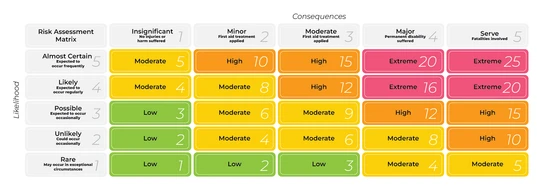
Step 2: Assessing the Risks
A risk assessment involves evaluating what could happen if someone is exposed to a hazard and the likelihood of it occurring. For hazardous manual tasks, this means examining the hazards associated with the task to assess the likelihood of the forces, movements, and postures giving rise to a musculoskeletal disorder (MSD). You should carry out a risk assessment, in consultation with workers, for any manual tasks identified as hazardous unless the risk is well known and you already know how to control it. To make use of a risk matrix such as this, first determine how serious an injury resulting from the task would be. For example, would it require a band-aid, or would it lead to permanent disability or death? Then determine the likelihood of an injury occurring. Make this determination by excluding any assistance, equipment, or correct techniques. For example if a worker were to try to lift a 50kg load on their own, the likelihood of an injury occurring would be ‘Almost certain’. Once you have determined the level of consequence and the likelihood of an injury occurring, you will see the level of risk associated with that task. The level of risk determines how to proceed with managing that task:- Low – act this month
- Manage by locally documented routine procedures, which must include the application of hierarchy of controls.
- Moderate – act this week, the task can only proceed if:
- The risk has been reduced to as low as reasonably practicable using the hierarchy of controls.
- The risk assessment has been reviewed and approved by the supervisor.
- A safe working procedure or safe work method has been prepared.
- High – act today, the task can only proceed if:
- The risk has been reduced to as low as reasonably practicable using the hierarchy of controls.
- The risk controls must include those identified in Australian Standards, Codes of Practice, and legislation.
- The risk assessment has been reviewed and approved by the supervisor.
- A safe working procedure or safe work method has been prepared.
- The supervisor has reviewed and documented the effectiveness of the implemented risk controls.
- Extreme – the proposed task cannot proceed.
- Steps must be taken to lower the risk level to as low as reasonably practicable using the hierarchy of risk controls.
- Repetitive movement
- Sustained or awkward postures
- Repetitive or sustained forces
- Repetitive: A movement or force is performed more than twice a minute.
- Sustained: A posture or force is held for more than 30 seconds at a time.
- Driving, particularly on rough roads
- Frequent or prolonged use of hand-powered tools
- Use of machines or tools where the manufacturer's handbook warns of vibration
- Workers being jolted or continuously shaken
- Use of a vehicle or tool not suitable for the environment or task
- Work Area Design and Layout
- Loads
- Tools
- Systems of Work
- Workplace Environment
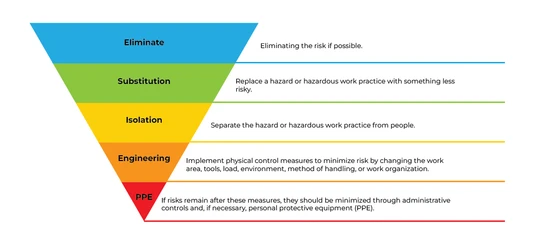
Step 3: Controlling the Risks
The WHS Regulation mandates working through the hierarchy of control measures when managing risks from hazardous manual tasks. The hierarchy ranks control measures from the highest to the lowest level of protection and reliability. Elimination Eliminating risks is the most effective control measure and should be the first aim. This can be achieved by:- Avoiding the introduction of hazards into the workplace.
- Incorporating risk control measures during the planning or design stages of an item, process, or workplace.
- Use mechanical aids instead of manual lifting.
- Replace heavy loads with lighter, more manageable ones.
- Replace heavy items with lighter, smaller, or easier-to-handle items; be aware of the risk of increased repetition.
- Replace hand tools with power tools to reduce the level of force required to do the task.
- Coordinate with suppliers to replace packaging with packaging designed to allow goods to be handled using powered plant.
- Handle items mechanically to reduce the risk to the worker.
- Create barriers between workers and hazards.
- Designate specific areas for hazardous tasks to limit exposure.
- Isolate vibrating machinery from the user.
- Enclose the machinery or the personnel, creating an isolating barrier between the hazard and the person at risk.
- Redesign the workplace to minimise distractions from the task performed.
- Redesign workstations to promote neutral postures.
- Use adjustable equipment to fit various worker sizes and reduce awkward postures.
- Use mechanical lifting aids and trolleys.
- Design the workplace to minimise the need to lift and move things.
- Provide workstations that are height adjustable.
- Implement job rotation to reduce prolonged exposure to hazards.
- Develop and enforce safe work procedures, including what devices should be used, how many workers are required to operate them, and what training those workers need.
- Rotate workers between different tasks.
- Provide gloves, back supports, shock-absorbent shoes, or other protective gear.
- Ensure PPE is properly maintained and used correctly by workers.
Step 4: Reviewing Control Measures
Control measures implemented to protect health and safety must be regularly reviewed to ensure they remain effective in controlling risks associated with MSDs from hazardous manual tasks. Control measures should be reviewed:- Effectiveness: Review when the control measure does not sufficiently minimize risks.
- Changes in Workplace: Prior to changes likely to introduce new or different health and safety risks that current measures may not effectively control.
- New Hazards or Risks: Upon identification of new or relevant hazards or risks.
- Consultation Results: When consultation with workers or health and safety representatives indicates a review is necessary.
- Request by Health and Safety Representative: Upon request if a representative reasonably believes there's a risk affecting workers' health and safety that hasn't been adequately addressed.
- Are control measures effectively designed and operated without creating new risks?
- Have introduced control measures led to unintended issues?
- Have all hazards been identified and appropriately addressed?
- Are workers actively participating in the risk management process, reporting concerns promptly?
- Have new work methods or equipment reduced physical strain effectively?
- Are safety procedures consistently followed?
- Has training on hazardous manual tasks and control measures been successful?
- Is there evidence of reduced frequency and severity of MSDs over time?
- Are there planned alterations to structures, plants, or processes that could expose workers to new risks?
- Have any incidents occurred due to hazardous manual tasks?
- Is there new information suggesting current controls are no longer effective?
- Revisit the risk management process.
- Update information and reassess risk controls.
- Make necessary adjustments to ensure ongoing effectiveness in controlling risks.
Manual Handling Online Course
Need that piece of paper to give to your employer or put on your resume to show that you actually do care about workplace safety and manual handling, and that you have the skills and knowledge to keep everyone safe? Our fully-online Manual Handling course gives you just that. From your desk or the comfort of your own home, gain the knowledge and skills you need to make sure everyone in your workplace gets home safely at the end of each day.
Originally published at
https://www.australiawidefirstaid.com.au/resources/managing-risks-associated-with-manual-handling-tasks
as part of the Australia Wide First Aid Articles Library



